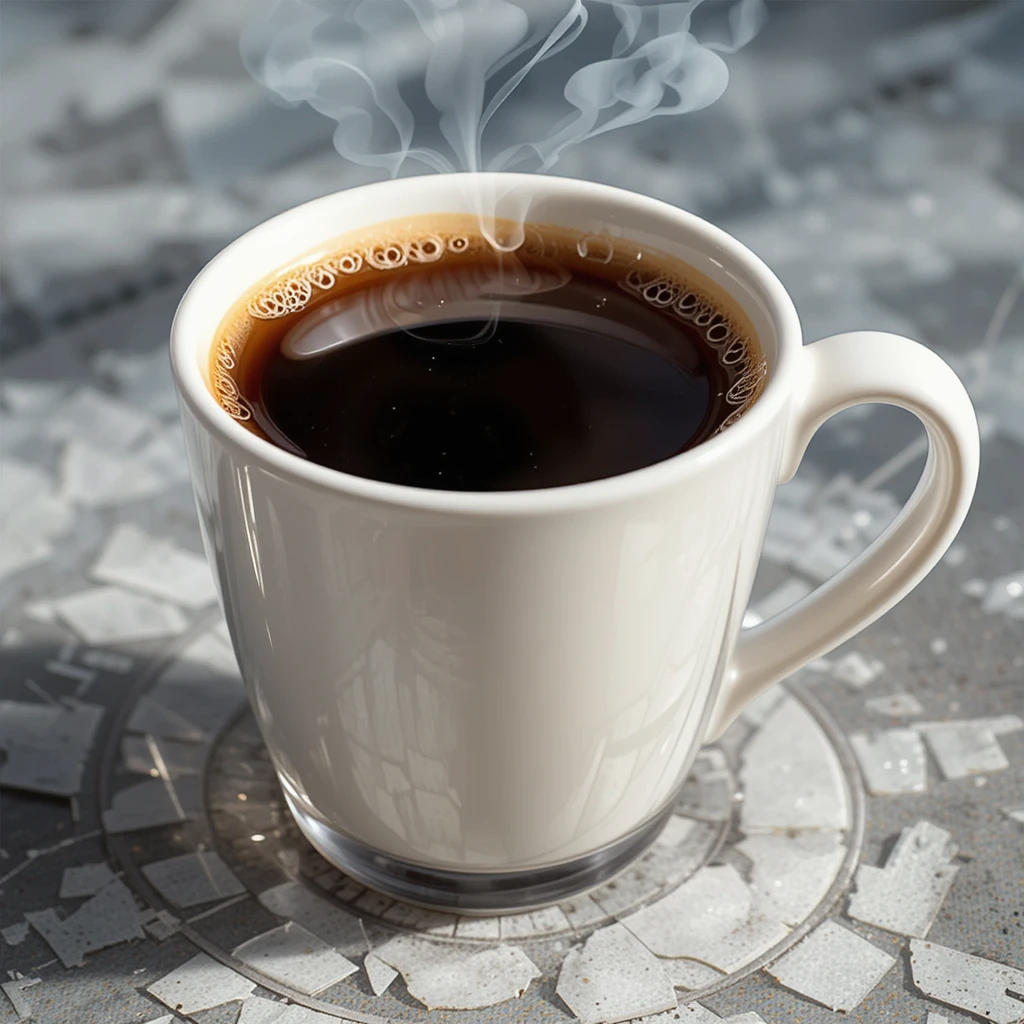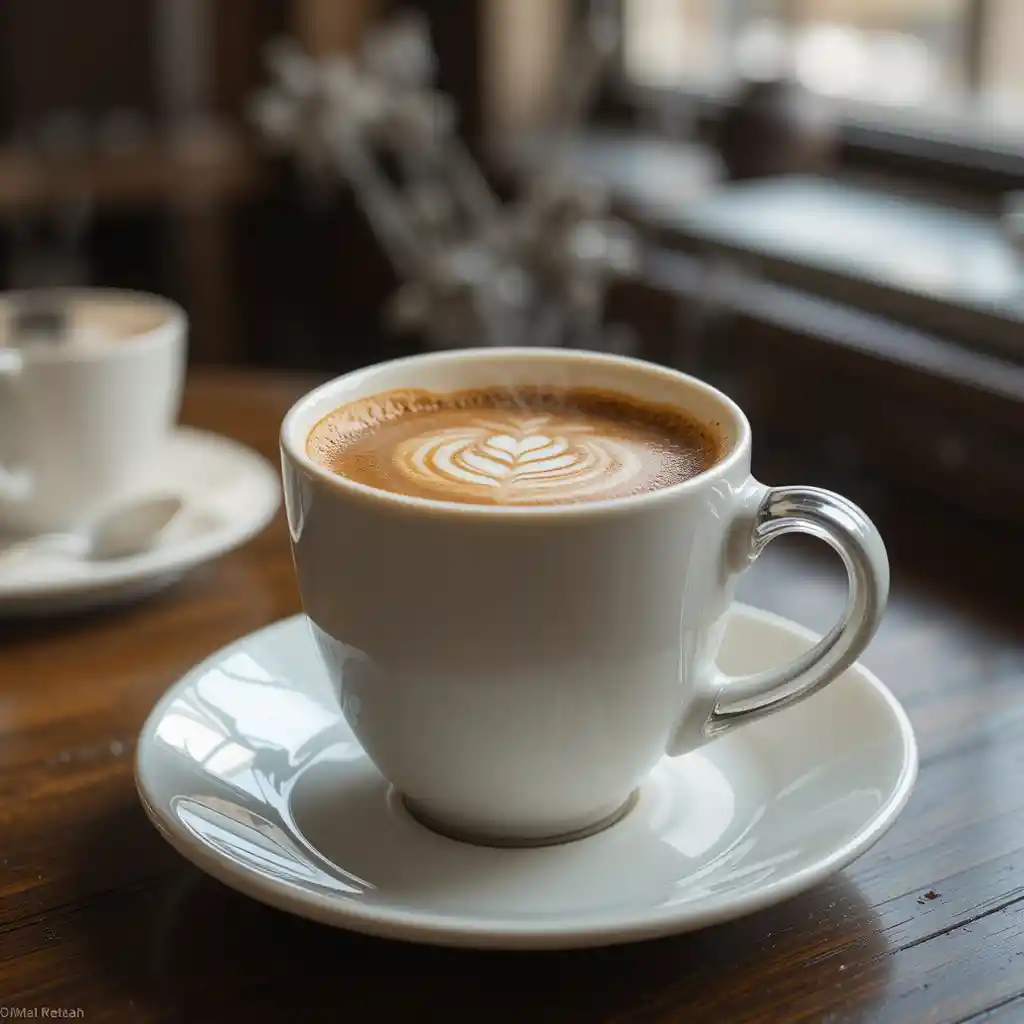How to Make Freshly Brewed Coffee at Home

Freshly Brewed Coffee– Recipe Info
Nutritional Information (per cup):
- Preparation Time: 5 minutes
- Cooking Time: 4–6 minutes (brewing time varies by method)
- Total Time: 10 minutes
- Type: Beverage
- Cuisine: International / Middle Eastern Influence
- Recipe Yield: 1 cup (240 ml)
- Calories: 2 kcal
There’s something magical about that first sip of freshly brewed coffee—it’s warm, comforting, and full of bold character. If you’ve ever wondered how to bring that same café-quality richness into your own kitchen, you’re in the right place. Brewing coffee at home isn’t just convenient—it’s a chance to tailor every cup to your taste, using fresh ingredients and the perfect method for your routine.
In this guide, you’ll discover step-by-step instructions for brewing coffee at home, expert tips to enhance flavor, and pro advice on choosing the best beans and grind size. So grab your favorite mug, and let’s dive into the world of home coffee brewing—because a truly great day starts with a truly great cup of coffee.
Ingredients for Freshly Brewed Coffee
Before we dive into the brewing process, let’s make sure we have everything ready. I like to keep things simple and fresh—just quality coffee beans, clean water, and a few optional add-ins if you prefer your cup a little sweeter or creamier. Here’s exactly what you’ll need to make a rich, aromatic cup of freshly brewed coffee at home.
Ingredients
| Ingredient | Quantity | Notes |
|---|---|---|
| Fresh coffee beans | 2 tablespoons (10 g) | Medium grind for pour-over or French press |
| Filtered water | 1 cup (240 ml) | Use fresh, cold water for best flavor |
| Optional: sugar or sweetener | To taste | Optional, depending on preference |
| Optional: milk or cream | To taste | Use fresh, cold water for the best flavor |
How to Brew Fresh Coffee at Home: Simple Steps
Now that everything’s ready, it’s time for the best part—brewing! I always find this step a little meditative. The aroma starts to build, and before you know it, that perfect cup is taking shape right in front of you. Let’s walk through the process step by step so you can enjoy a rich, flavorful coffee every time.
Directions
- Weigh and grind your beans.
Measure approximately 10 grams (or 2 tablespoons) of whole coffee beans to begin. Use a medium grind, similar to sea salt—this texture works best for even extraction in pour-over brewing. - Heat your water.
Bring 1 cup (240 ml) of filtered water to a near boil, around 200°F (93°C). Avoid using boiling water directly, as it can scorch the coffee and dull the flavor. - Set up your pour-over gear.
Place a paper filter in your pour-over cone or dripper (like a V60 or Chemex) and rinse it with hot water. This helps eliminate any papery flavor and preheats your brewing vessel. - Add the ground coffee.
Pour the freshly ground coffee into the filter. Gently shake or tap the dripper to level the grounds—this helps promote even water flow during brewing. - Start with a bloom pour.
Slowly pour just enough hot water (about 30–40 ml) to saturate the grounds evenly. Let it sit for 30 to 45 seconds—this “bloom” allows gas to escape and prepares the coffee for proper extraction. - Continue pouring in a steady motion.
Using a gooseneck kettle if possible, pour the rest of the water in slow, controlled spirals. Avoid pouring directly on the filter edges. Aim for a total brewing time of about 2½ to 3 minutes. - Wait for the final drip.
Let all the water drip through completely before removing the filter. The brewed coffee should have a balanced aroma and flavor, neither bitter nor too weak. - Serve and customize.
Pour your hot coffee into a mug. Drink it black, or add milk, cream, or a touch of cinnamon for a flavorful twist.

And just like that, your coffee is ready—fresh, aromatic, and made exactly to your taste. There’s something satisfying about crafting your perfect cup at home. But to take things up a notch, let me share a few tips I’ve learned along the way to make every brew even better.
Related articles
My Best Tips for Brewing Better Coffee (and Mistakes to Avoid)
Over time, I’ve found that small adjustments can make a big difference when it comes to brewing coffee at home. If you want that rich, balanced flavor in every cup, here are a few tips I personally follow—and some common mistakes you’ll want to avoid.
- Use freshly ground beans every time
It might seem like a small detail, but grinding coffee beans just before brewing gives you the freshest, most flavorful results. Pre-ground coffee loses aroma quickly, so for the best taste, I always grind my beans right before I start. - Watch your water temperature
One of the most common mistakes I used to make was pouring boiling water directly over the grounds. Scalding the coffee causes bitterness, so I now let the water rest for about 30 seconds after boiling to reach the perfect temperature of 195–205°F (90–96°C). - Never skip the bloom
When I first started brewing coffee, I didn’t know how important blooming was. Wetting the coffee grounds with a bit of water and allowing them to bloom for 30 to 45 seconds lets trapped gases escape, enhancing the extraction process. - Pour slowly and evenly
Rushing through the pour can lead to uneven brewing.I gently pour in slow circles, starting from the middle and moving outward, then returning, to evenly wet the grounds and enhance flavor extraction. - Measure your coffee and water
Guessing the ratio can lead to a brew that’s too strong or too weak. I stick with two tablespoons of coffee for every one cup of water and scale it from there when making more than one serving. - Keep your equipment clean
Coffee residue can build up quickly and affect the flavor. After each brew, I always rinse my filter cone and other tools thoroughly to make sure the next cup tastes as clean and fresh as the last.
By paying attention to these simple details, you’ll consistently brew a cup of coffee that’s flavorful and satisfying. Trust me, once you get the hang of these steps, your mornings will never be the same. Up next, I’ll share some easy serving ideas and creative ways to enjoy your freshly brewed coffee even more.
Conclusion
Brewing fresh coffee at home has truly become one of my favorite daily rituals. There’s something incredibly rewarding about crafting a perfect cup from start to finish—especially when you can customize it exactly to your taste. I hope this recipe and tips help you enjoy every sip as much as I do.
Thank you so much for reading! If you loved this guide, be sure to check out more of my articles packed with easy recipes and helpful tips to make your kitchen adventures even better. Your next favorite recipe might be just a click away!
Trending Recies
What grind consistency should I use for the best fresh coffee?
I’ve found that a medium grind, somewhere between table salt and sand, works perfectly for pour-over brewing. It lets the water extract the right amount of flavor without making the coffee taste bitter or weak.
Is it really necessary to grind coffee beans fresh every time?
Absolutely. Freshly ground beans release the richest aroma and flavor. When I skip this step and use pre-ground coffee, the taste just doesn’t compare—fresh grinding makes all the difference.
How do I know if my water temperature is right?
I usually let boiling water cool for about 30 seconds before pouring. The ideal temperature range is just under boiling—between 195°F and 205°F. Water that’s too hot can burn your coffee, and cooler water won’t extract enough flavor.
Can you explain why the “bloom” step matters?
Definitely. When hot water first hits fresh grounds, gases trapped inside release—a process called blooming. Waiting 30 to 45 seconds lets these gases escape, which helps the water pull out deeper, more complex flavors.
How should I store my coffee beans to keep them fresh longer?
I keep mine in an airtight container, away from sunlight, heat, and moisture. Avoid storing coffee in the fridge or freezer, as condensation can affect freshness once the beans come back to room temperature.
Is it okay to reuse coffee grounds for a second brew?
In my experience, reusing grounds results in a weak, unpleasant brew with little flavor. Fresh grounds are key to a vibrant cup, so I always use new coffee for each batch.
What’s the main difference between pour-over and other brewing methods?
Pour-over gives you full control over water flow and extraction time, which means you can highlight subtle flavors in your beans. It’s a more hands-on method compared to automatic drip machines, which are less precise.
